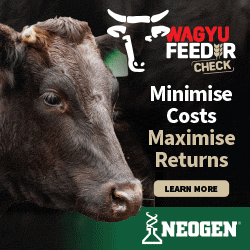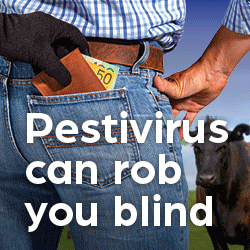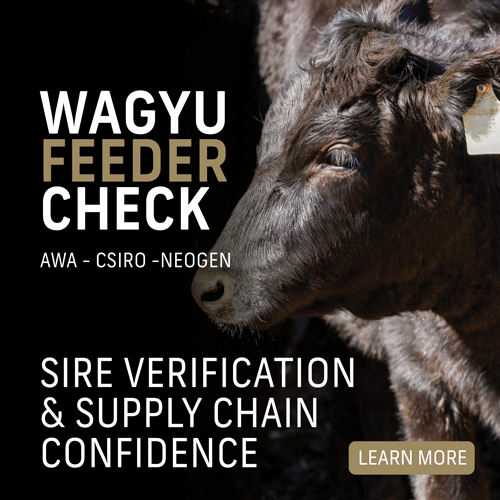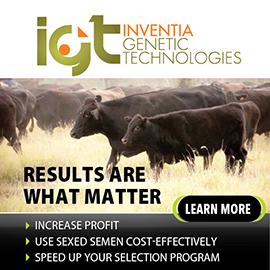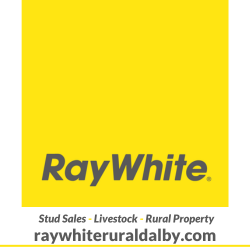INTERNATIONAL TOURS
2024: AUSTRALIA
2025: UK & EUROPE
2024 AUSTRALIA
The Australian Wagyu Association welcomes our international delegates who will be joining us in Cairns for the WagyuEdge’24 Conference on April 10 – 12, 2024.
For those international delegates who would like to arrange a stopover on their way to the conference, Lillyvale Feedlot/Arubial Wagyu and Macquarie Wagyu will be open to our international AuWA members to visit.
Get in touch with the AWA team if you are interested in visiting the farms.
Please note that this is available for International AuWA members ONLY. Each delegate will be responsible for all travel and accommodation arrangements.
Lillyvale Feedlot/Arubial Wagyu
Condamine, Queensland
Fourth-generation grazier Laird Morgan and his wife Sonia have been building the Fullblood Wagyu herd since venturing to Yeppoon in 2015 for the Annual Wagyu Conference. After savouring Wagyu for the first time, they became immediately inspired and deeply immersed themselves in the world of Wagyu, where it became clear their breeding program would follow an entirely new trajectory.
Today, Arubial Wagyu operates across five properties in South East Queensland. Using meticulous and transparent data collection and performance recording, BREEDPLAN is the foundation of our decision-making process. At Arubial, they see raising Wagyu cattle as a craft. Their focus on maternal traits, fertility, and marbling means that the bulls, semen, and embryos they provide represent the very best of their 3500-strong Fullblood herd.
Macquarie Wagyu
Leyburn, Queensland
Macquarie Wagyu is proud of its hard earned reputation as the ‘Artisans’ of the long feed, lot feeding of ‘the Wagyu’! Here premium Wagyu (& Wagyu Cross) cattle are bred, backgrounded, fed and marketed to a world that is increasingly hungry for the ultimate beef taste and flavour!
From 23 full-blood Wagyu heifers in 1999 has grown to over 700 full blood wagyu breeders… and the quality and quantity of premium, full blood Wagyu mothers grows all the time. With almost 10,000 hectares, much developed to improved pastures and 1300 hectares under irrigation, there is little to limit genetic harvesting, breed expansion and ongoing genetic improvement!

